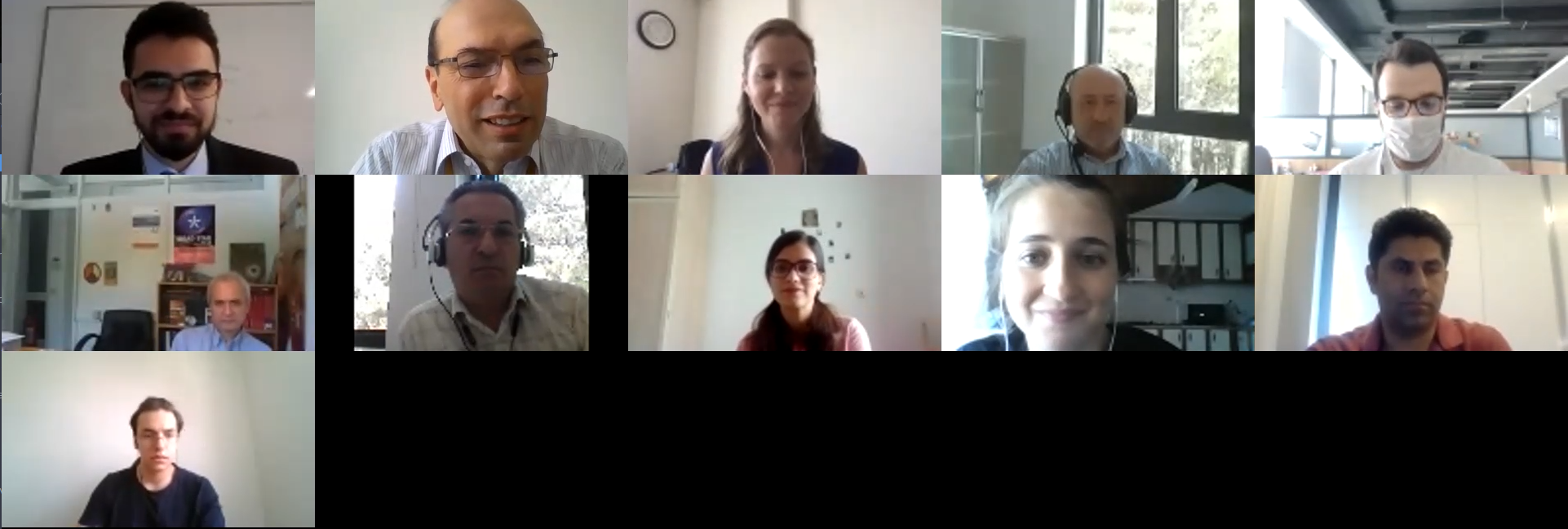Bilal Tasdelen has presented his master’s thesis titled “Dynamic Decoupling and Noise Analysis for Simultaneous Transmission and Reception Imaging.”
Abstract: In simultaneous transmission and reception (STAR) MRI, along with the coupling of
the excitation pulse to the received signal, noise, and undesired distortions (spurs) coming from the transmit chain also leak into the acquired signal and degrade image quality. The properties of this coupled noise and its relationship with the transmit amplifier gain, transmit chain noise density, isolation performance, and imaging bandwidth are analyzed. The importance of achieving high isolation and careful selection of the corresponding parameters are demonstrated. A cancellation algorithm, together with a vector modulator, is used for transmit-receive isolation. With higher isolation, coupled transmit noise can be reduced to the point that the dominant noise source becomes acquisition noise, as in the case for pulsed MRI. Amplifiers with different gain and noise properties are used in the experiments to verify the derived noise-transmit parameter relation. With the proposed technique, more than 80 dB isolation in the analog domain is achieved. The leakage noise and the spurs coupled from the transmit chain are reduced. It is shown that the transmit gain plays the most critical role in determining sufficient isolation, whereas the amplifier noise figure does not contribute as much.
Additionally, the active cancellation technique mentioned above is adapted to Magnetic Particle Imaging (MPI) for active cancellation of the direct-feedthrough. A significant increase of up to 40~dB in detection sensitivity at the fundamental harmonic on an in-house Arbitrary Waveform Relaxometer (AWR) is demonstrated.
To watch the presentation, please visit our youtube channel: https://www.youtube.com/watch?v=3zHAllZAHp4
